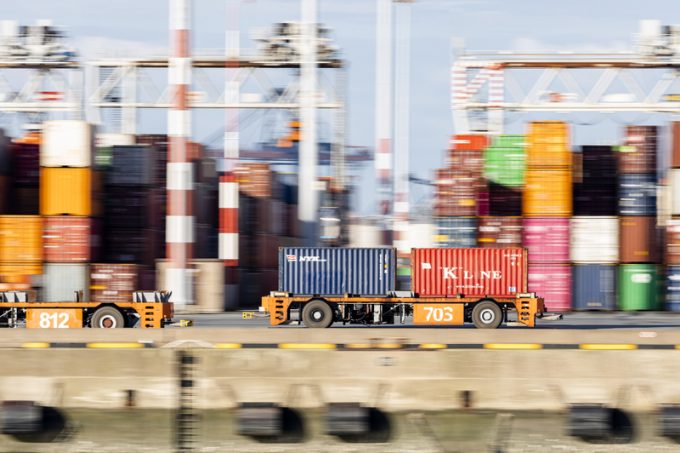Airfreight rates ex-China 'loss-making', but hopes of a trade deal stay high
Despite “loss-making” airfreight rates offered for Hong Kong/China-US, Chinese forwarders seem optimistic that the trade ...

Container shipping freight rates continued at their highly elevated levels for another week, as strong consumer demand in North America kept up the pressure on supply chains.
The Asia-US west coast component of the Freightos Baltic Index (FBX) edged up 1.5% week on week, to reach a new high of $5,627 per feu. At the same point last year, the rate was $1,669 per feu.
On the all-water Asia-US east coast trade, today’s FBX reading stood at $7,674 per feu, a week-on-week ...
Keep our news independent, by supporting The Loadstar
Container spot rates diverge: to Europe still falling, but firmer to the US
Volume surge and an early peak season? 'Don't celebrate too soon,' warning
Hapag-Lloyd won't take bookings if port congestion leaves cargo stranded
Ecommerce likely the front-runner in resurge of transpacific trade after deal
China-US trade tariff pause could drive a rebound for transpacific rates
Service chaos from trade ban with India a problem for Pakistan shippers
Airfreight rates ex-China 'loss-making', but hopes of a trade deal stay high


Comment on this article